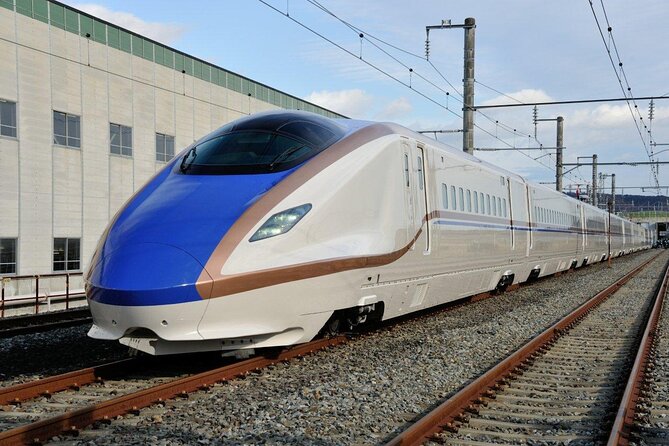Project Gemini – How many missions were there?
Only the second human spaceflight program after Mercury, project Gemini lasted five years between 1961 and 1966. The goal of Project Gemini was to develop skills and technologies required for the Apollo missions, including rendezvous, docking and space walks.
The Gemini craft was designed for two Astronauts. This is in contrast to the spacecrafts that the Soviet Union were creating, which were only designed to carry one cosmonaut onboard. Remember – this was many years before the Hubble telescope, International space station and cheap telescopes were made available to the public.
The Gemini space craft consisted of two modules. A re-entry module which was larger than on the Mercury version and featured pressurised cabin and rendezvous and recovery sections, and an adapter module which was equipped with retro-rockets and equipment. The Gemini craft was launched using a Titan II rocket (a modified ICBM).
Overall, 16 different astronauts flew up into space across 10 different space missions. This included Neil Armstrong, who was Command Pilot of Gemini 8, and Buzz Aldrin, who was Pilot of the final Gemini 12 space mission. There were two astronauts on each mission, and some of them went on more than one mission each.
The 10 manned missions were preceded by two test flights, which means that there was a total of 12 Gemini missions. Gemini 1 and 2 were both completely unmanned flights send into space to ensure this ran as anticipated, then we run from Gemini 3 through 12 for the remaining manned missions. We’re going to run through them quickly and give a brief overview.
This flight was to prove the space worthiness of the Gemini space craft and lasted just 3 orbits. This was Grissom’s second time in space but first orbital space flight.
Ed White became the first American to perform an EVA in open space, following on from the Soviet’s Voskhod 2 success. Manoeuvring for a formation flying attempt along side the Titan II’s second stage was aborted due to excess fuel consumption.
Cooper became the first man to enter orbit twice. This mission was to test a fuel-cell power system that converted oxygen and hydrogen into power and produced water as a by-product. The fuel cell had its faults and the mission was completed on minimal power which resulted in free fall, tumbling in space.
During their final orbit splashdown was diverted to a new landing site due to Hurricane Betsy
The goal of this mission was to master rendezvous and docking. To this end an unmanned rendezvous vehicle (named the Agena) was to be the target for dockings. This flight was delayed however due to an explosion on the launchpad that claimed the Agena rendezvous vehicle. With the loss of the Agena, the mission was amended to simulate docking with Gemini 7.
With the delay in the Gemini 6 mission, Gemini 7 was brought forward and the mission objectives was extended to include simulating docking manoeuvres with Gemini 6. The mission also proved the now fixed fuel cell and almost doubled the previous endurance record set by Gemini 5.
Gemini 8 was to perform a docking with an Agena vehicle and also perform an EVA. On March 16 first the Agena was launched followed by Gemini 8. Docking was achieved after just 6.5 hours from launch but trouble set in as the craft attempted combined manoeuvres. The joint craft started spinning out of control, so Gemini 8 undocked.
The problem was actually with the Gemini’s control system whereby a short circuit set off one of the thrusters continuously. The mission was aborted in accordance to mission rules. Gemini 8 regained control and the crew underwent the first emergency landing, returning to Earth unharmed.
Visibility was poor on February 28 1966, as the prime and backup crews of Gemini 9 flew T-38 trainers to the McDonnell Douglas factory in St Louis. The prime crew Elliot See and Charles Bassett were killed as their jet struck the hanger housing their Gemini craft, exploding in the car park.
The mission objectives were the same as for Gemini 8, docking and an EVA. Due to launch issues with the Agena, a smaller vehicle (the ATDA) was used as a docking target. The payload shroud on the ATDA failed to jettison resulting in what looked like an “angry alligator”. The next day Cernan experienced difficulties during an EVA. Neither mission objectives were not successfully completed.
Following the earlier mission attempts, both the EVA and docking needed to be successfully addressed before Project Apollo could commence. Gemini 10 quickly docked with the Agena 10 target after only three orbits and then took the combined Gemini/Agena 10 craft to a higher orbit to rendezvous with Agena 8.
They undocked from the Agena 10 and Collins performed an EVA making contact with the Agena 8 target. Unfortunately during the process Collins lost his camera recording his EVA. In light of the previous missions Gemini 10 was a much needed success.
Building on the success of the previous Gemini mission, Gemini 11 docked with Agena 11 after just 94 minutes from launch. Gordon then had to EVA over to the Agena to attach a tether in preparation for an artificial gravity experiment. Again the earlier problems with EVAs arose and so was cut short. The Gemini/Agena 11 craft proceeded to an orbit of 850 miles for the artificial gravity experiment. At such a height the Earth can be seen as a globe.
Docking with Agena 12 was performed without radar. Aldrin overcame the problems previously experienced with EVAs by using a harness and velcro pads to grip the space craft and stop him floating away.
With the technical issues being resolved this opened the way for the goals of Project Apollo. At a cost of $1.28 billion the program had delivered some 80 man days in space and had seen America overtake the Soviet Union in the technologies and skills needed for the space race.





